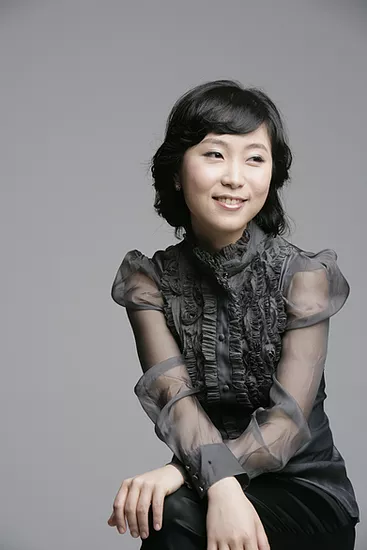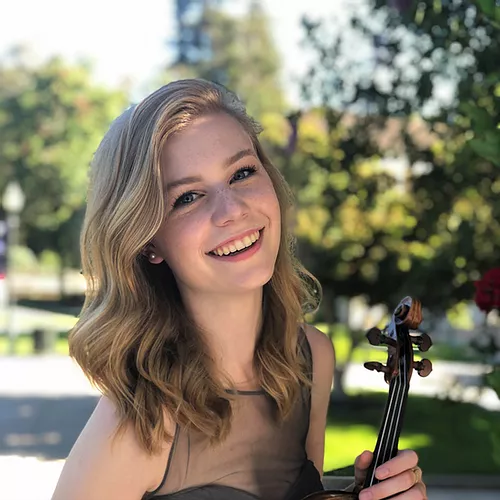Music à la Carte: Echoes That Remain: Week 2 Review (2021)
- John Vandevert

- Jan 19, 2021
- 4 min read
Updated: Jan 31, 2021
With a compositional career influenced by an eclectic assortment of regions, spanning from Moscow, St. Petersburg, and Lubny, to the ‘Gaelic far West’, Sir Arnold Bax, an accomplished 20th c. British composer essentially absent from standard repertoire, could be considered an intonational polyglot. This is to say he has managed, with exceptional accuracy, to infuse his musical verbiage with the sounds of the Eastern and Western traditions although transforming them into something wholly idiosyncratic, none the more pronounced than in his Piano Quartet in One Movement (1922). Consequently, its creation coincided with the beginning of the Irish Civil War and, more positively, the creation of the Irish Free State, ending a previous hemic chapter in the nation’s revolutionary history called the Anglo-Irish War, the final battle in a nearly 12-year long struggle for national independence.
Performed by KCMS master quartet Kate Arndt (violin), Josh Halpern (cello), and Artistic Director Min Young Kang (piano), the fourth member being the esteemed musician and educational advocate Jordan Bak (viola), Bax’s trepidity regarding the state of Ireland is fully exemplified through intense discordancy whose nearly percussive scoring lingers beyond its temporal moment, although juxtaposed against respites of kindred melodicism and effective transpositions of thematic mood. Despite its one-movement facade and small instrumental construction, the piece develops in a symphonic evolution which actively defies the lethargic vices of Romanticism and Impressionism’s introspective disposition and instead uses its ‘living’ proclivity, echoing the world’s instability and ever-undulating constitution through ‘the art of sound.’ The work immediately opens with a Stravinskian exuberance which harnesses Rite of Spring’s formidable scoring, a series of détaché gesticulations paired with rhythmic, pianistic meandering setting the stage for a recalcitrant, collective attitude towards silence itself, or put into context, the negation of comfortability of the tranquility brought from goalless naivety.
Every transposition of sentiment seems in service of a greater expressionary purpose, thus Bax escapes identification with Debussyian sumptuousness or even Wagnerian immoderation, a composer who found favor within his ears, the prerogative being to depict the existential hostilities so uncomfortability within arm’s reach and to personify the unpredictable current of corporeality in its fight for equilibrium. B. Asafiev had said, ‘the listener must hear like the performer’, and with every fluctuation from agitated fervency to folkish buoyancy, ruminative foreboding to melancholic retrospection, at no point do these fine musicians stop hearing, and not simply regarding their auditory output, but rather syngerzing with the real breadth of what is being said through Bax’s chosen intonatinal patterning and architectonic form. Presented, within their unification of consciousness manifested through both external and internal incarnations like natural gestures, eye-contact, exquisite sound inceptions and almost instinctive rhythmic fluidity, is an seemingly innate, empathetic pressure by which words produce no such ability to personify properly. However, this undefinable Other could be partially hinted at in somatic terminology as the acoustical expression of the practice of ‘Contact Improvisation’, where each participant is tangibly and psychological ‘in-contact’ with their designated partner(s), sensing the passing of kinetic energy, that latent vitality, as it permeates from one body to the other, in this case from one musician to the other in a cyclical fashion.
A particularly compelling transition to full thematic refraction was, following a folk-like expansion of the main theme played by the crystalline Kate Arndt whom I am convinced is the reincarnation of Camilla Urso herself, sustained by Jordan and Josh whose formal training has not diminished their respective virtuosic intuition, the gradual building of profundity through Kang’s pronounced mastery of octavic motion coupled with the ensemble’s puissance. Manifesting further, Kang proceeds with full range, upward flourishes while Sturm und Drang presides over the string’s deference to the whims of war, however settling down in disjunctive sorrow. And yet, it is what comes after that is remarkable and shows this quartet’s musical cogency. Slowly spreading like a mutable fog, beginning with Jordan the insinuations of Impressionism arises, specifically Ravel’s Une Barque sur L'Ocean and its vacillating ‘waves’, as once he starts, Kate and Josh conjoin into the fuzzy atmosphere, Kang supplying the same skipping, low-range theme as presented in the beginning. Suddenly, motion grows and Kang interrupts the hush with frenzy, the ensemble follows her with Kate taking the songful lead. Jordan reinterprets the theme into a minor sonority with a paradoxically authentic, warm apathy before the upsurge of hostility towards the destruction of Dublin becomes too great and what is produced is a barely controlled anxiety unable to choose between either states of being.
A collective subito piano crescendo followed by circling chromatics repeats as those unaware of the toils of war become painfully awakened to its truth, and as if Bax was saying ‘Listen dammit’, the ensemble fuses into one final, modal voice. Kang chromatically falls one last time in heated deliberation, leading to a truly Symphonic conclusion of double-take to final punctuation, with grand gestures as if beckoning the future to do better. Music is forever coupled to the events that created the work and one can intellectually comprehend such a fact, but it requires real aptitude to invoke the living past through living present. KCMS has once again shown it undoubtedly possesses such synthetic ability of past-present collaboration, and unknown repertoire may just be their niche, teaching the present about the past one work at a time.
The trailer for Echo's That Remain can be viewed on their YouTube channel, available here.
The Kallos Chamber Music Series is an instrumental collective based in New Haven, CT. and thus, if you are able to financially contribute to the continuation of such activities and much more, please check out their website at Kalloschambermusicseries.com
Appreciation to The Kallos Chamber Music Series for providing me the ability to review!
[PC: Min Young Kang personal, Kallos Website, Kallos Website, Jordan Bak personal]












Comments